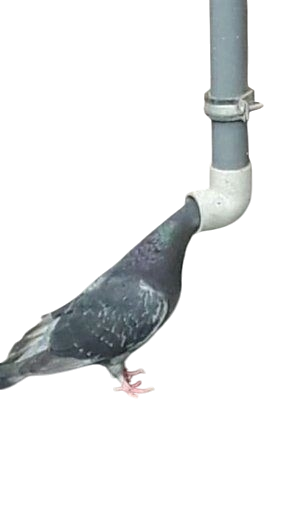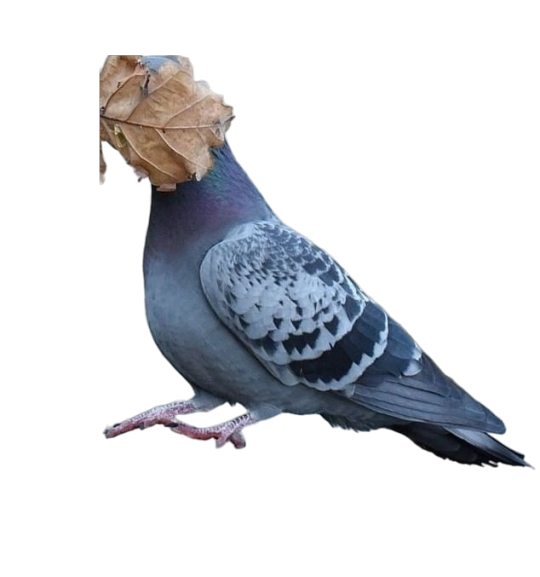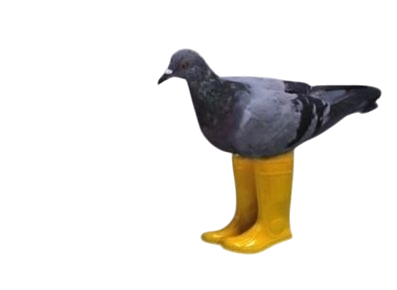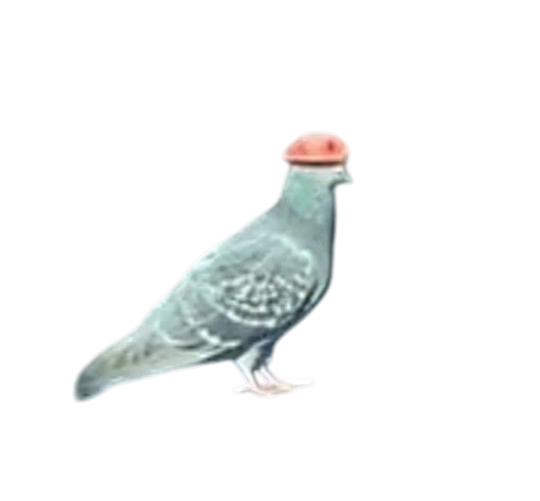Don't wanna be here? Send us removal request.
Text
"Not every emotion needs expression. Some feelings are better kept as private art."
5K notes
·
View notes
Text
Get your progesterone checked, though. I mean, yes, also your point, but like go to the doctor.
Well obviously I can’t have chronic fatigue, that’s a real problem for real disabled people that’s diagnosed by doctors probably. Clearly I just have some sort of perpetual exhaustion issue, that is also almost certainly my fault somehow
#I did this exact thinking for months#and it turned out to be fucking treatable#but I mean it also isnt your fault even if you don't treat it#cuz it still took me ages to get a diagnosis#just because there's an answer doesn't mean the doctors are asking the right questions the first 50 times lol#but yes#take care of yourself as best you can#but if you can't#it's not your fault okay#i love you
55K notes
·
View notes
Text
i get so happy when people that are new to fanfic writing, or just writing in general, post their work on ao3. despite their doubts, despite their fear of something so personal and vulnerable being perceived, they still press that button, and i turn into the equivalent to a proud mom cheering on the sidelines. like yes! you did that! your work is worth seeing! you deserve to share your passion for and be part of a community! i’m so proud of you!
19K notes
·
View notes
Text
can you guys watch my squab for me im gonna go on my smoko

48K notes
·
View notes
Text
“I am a strong person. But every once in a while I would like someone to hold my hand and tell me things are going to be OK.”
— Unknown
7K notes
·
View notes
Text
I don't know what a pallas cat is, but I love the picture and the reference to orange cat doofusery

WHY IS THAT PALLAS CAT ORANGE?! Is there a separate brain cell for the manul? Or does he have to wait for the one all orange kitties share??
Photo via Daily Manul
490 notes
·
View notes
Text
yes my lady
2018 tumblr post:
1: why do they call it a boner when theres no bone in it
2: there used to be
3: why does this sound so ominous
2025 tumblr post:
1: forward my shambling soldiers and slay without thinking. let blood flow into every crevice of this rotten land
2: yes my lady
3: yes my lady
76K notes
·
View notes
Text
There no shame in never becoming fluent in your target language(s). Learning a new language even a little bit is great. Having the ability to communicate even a little bit is great. Learning about the culture(s) is great. You're doing great. Enjoy the experience.
4K notes
·
View notes
Text
You made that?! THIS IS REAL????





Still baffling to me that I made this room in my house. It’s mine. I can just go sit in it whenever. Wild.
3K notes
·
View notes
Text
I did not expect to enjoy this as much as I did, you brilliant brilliant being, you.

4K notes
·
View notes
Text
Reblogging like the dirty dirty tumblrite that I am








19K notes
·
View notes




